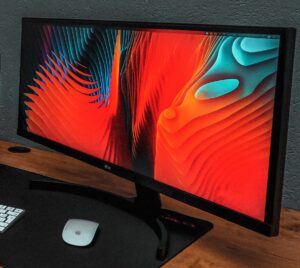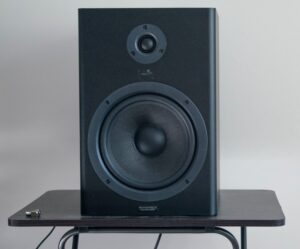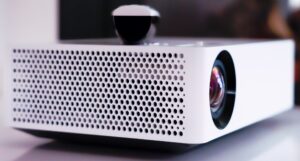Computer output devices are essential tools that transform digital data into tangible forms we can perceive and understand. From the vibrant displays of monitors to the crisp pages printed by printers, these devices bridge the gap between the virtual and physical realms. Understanding the different types of computer output devices and their functions is crucial for maximising your computing experience.
Understanding Output Devices
At its core, an output device receives processed data from a computer and converts it into a format that humans can interact with. This could be visual information displayed on a screen, audio signals sent to speakers, or physical documents produced by a printer. Output devices are essential for communication, entertainment, productivity, and creativity.
Types of Computer Output Devices: A Diverse Toolbox
Monitors (Visual Display Units or VDUs):

- The most common output device, displaying text, images, and videos.
- Classified by technology (CRT, LCD, LED), size, and resolution (the number of pixels per inch).
- Examples: Desktop monitors, laptop screens, and touchscreens.
Printers:
- Produce hard copies of documents and images on paper.
- Categorized by technology (impact vs. non-impact) and speed (character, line, or page printers).
- Examples: Inkjet printers, laser printers, and 3D printers.
Speakers:

- Convert electrical signals into audible sound.
- Can be internal (built into the computer) or external (connected via cables or wirelessly).
- Examples: Desktop speakers, headphones, earphones, and soundbars.
Projectors:

- Project images or videos onto a screen or other surface.
- Used for presentations, home theaters, and large-scale displays.
- Examples: DLP projectors, LCD projectors, and laser projectors.
Plotters:
- Specialized printers used for technical drawings and large-format printing.
- Use pens or other tools to draw lines and curves on paper.
FAQs: Output devices of computer
Q: Which type of monitor is best for my eyes?
A: LED monitors are generally considered easier on the eyes than older CRT monitors due to reduced flicker and lower blue light emissions.
Q: What is the difference between an inkjet and a laser printer?
A: Inkjet printers use liquid ink sprayed onto paper, while laser printers use toner (powdered ink) fused onto paper. Laser printers are typically faster and better for high-volume printing.
Q: Can I use wireless headphones with my computer?
A: Yes, many wireless headphones use Bluetooth or other wireless technologies to connect to computers.
Q: Are projectors still relevant in the age of large TVs?
A: Yes, projectors offer a larger screen size and can be more immersive for presentations and home theaters.
Q: Are there any health concerns associated with using output devices?
A: Extended use of monitors can cause eye strain and headaches. Take regular breaks and adjust monitor settings for optimal viewing comfort. Prolonged exposure to loud audio from headphones or speakers can also damage hearing.